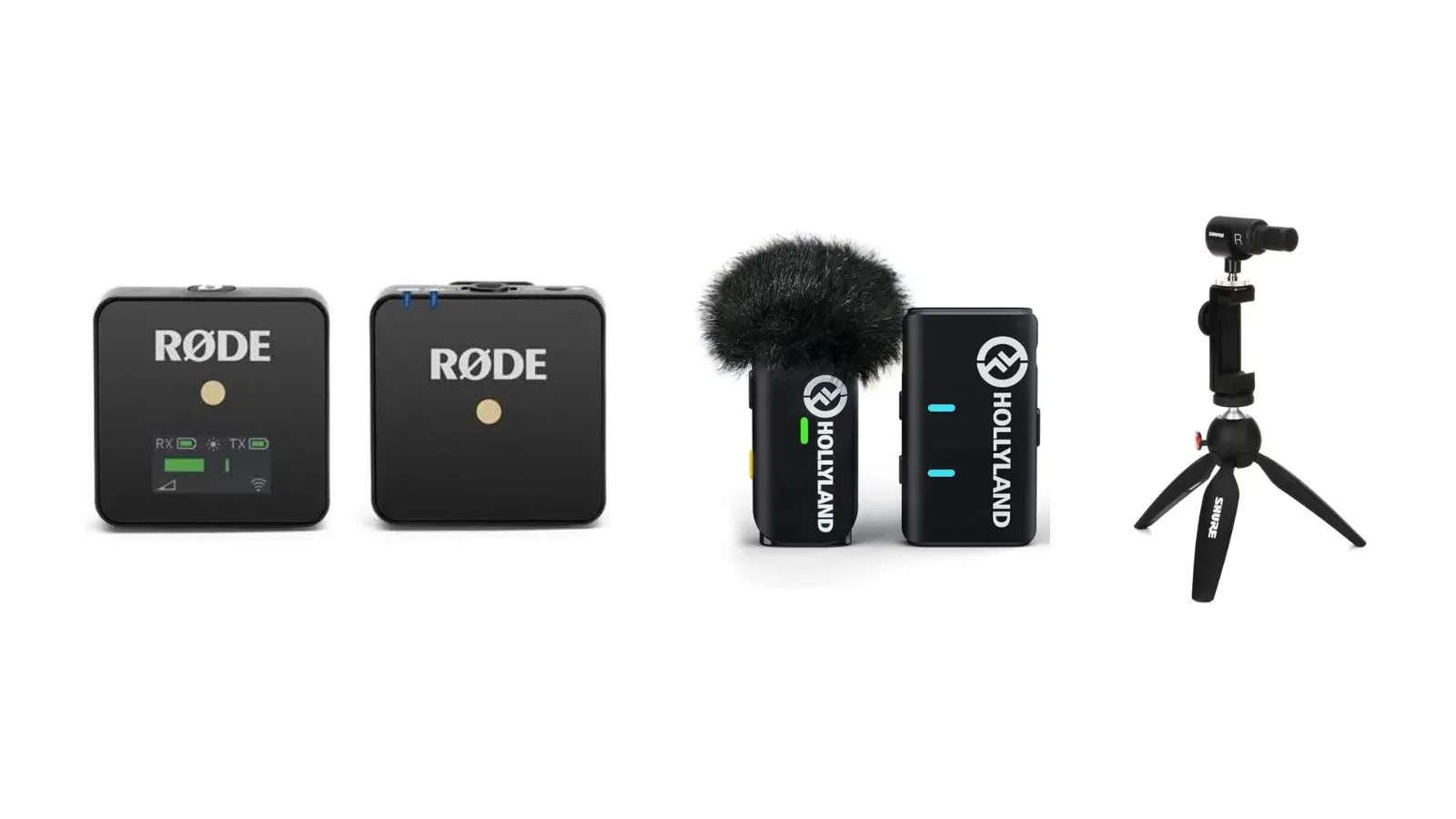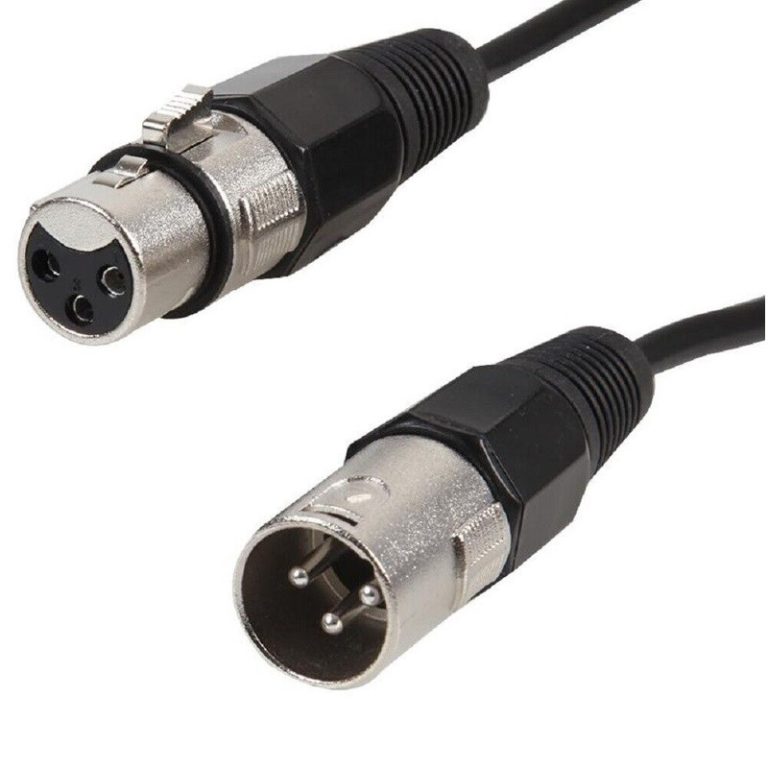With the advent of smartphones, creative horizons have expanded vastly, allowing content creators to produce high-quality audio on the go. iPhones, with their exceptional built-in microphones, offer a great starting point, but for serious audio work like podcasting, interviews, or vlogging, an upgrade is essential. Wireless microphones pair seamlessly with iPhones and elevate audio quality significantly. This article explores how to utilize wireless microphones with your iPhone to boost the audio quality of your projects.
Selecting the Right Wireless Microphone
Compatibility and Connectivity
When choosing a wireless microphone for your iPhone, the first consideration should be compatibility. Many wireless microphones on the market connect via Bluetooth, while others use Wi-Fi or proprietary connections. Choosing a microphone that specifically states compatibility with iPhone ensures streamlined pairing and reliable connection during recording sessions.
Sound Quality and Features
Beyond connectivity, sound quality is paramount. High-fidelity microphones that capture clear, crisp sound without ambient noise offer the best results. It’s also worth considering features like directional audio capture, noise cancellation, and the ability to handle different sound levels. These features can greatly enhance your recording’s quality, especially in unpredictable environments.
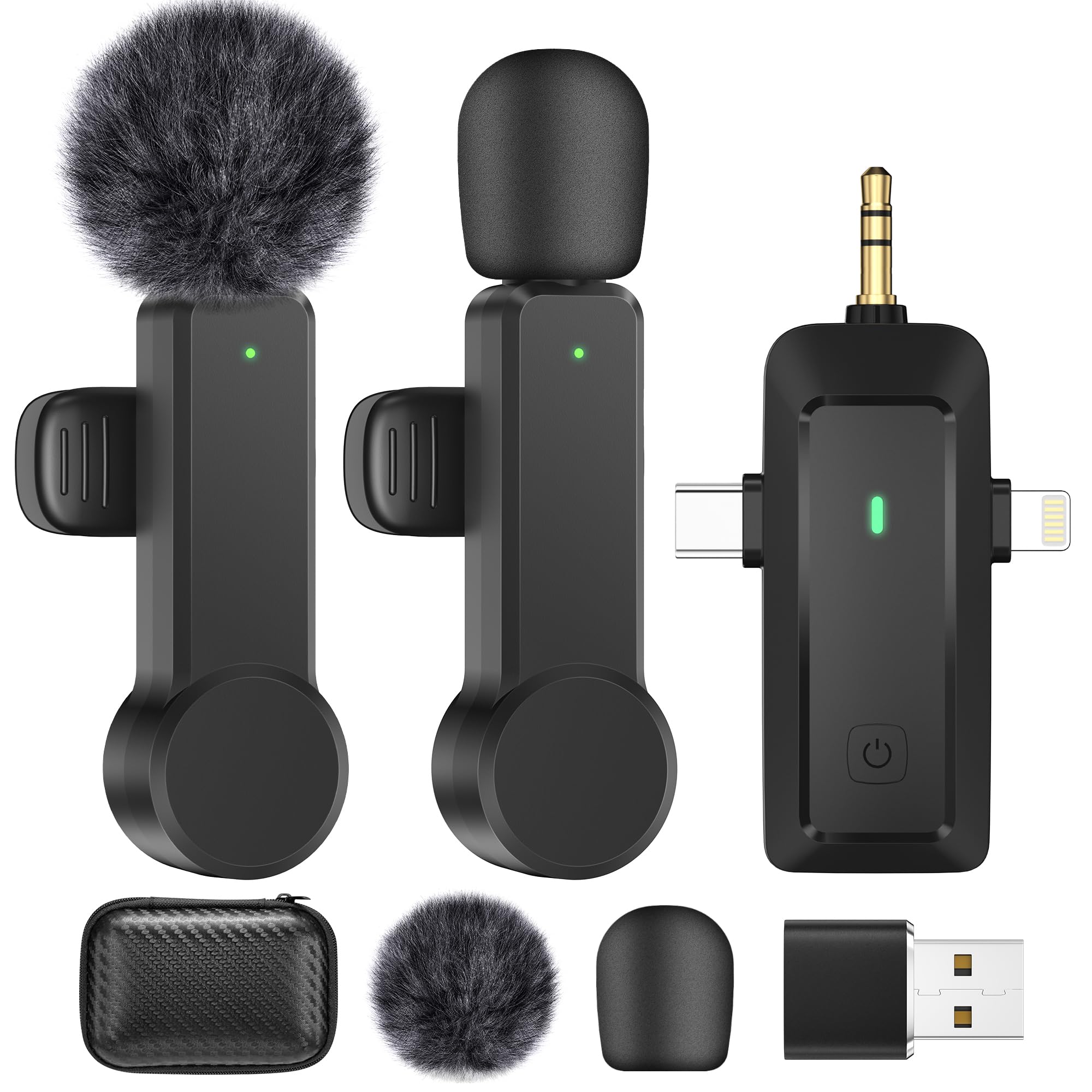
Setting Up Your Wireless Microphone
Installing Necessary Apps
Some wireless microphones work directly with the iPhone’s default recording software, while others may require dedicated apps to unlock their full potential. Installing any apps recommended by the microphone manufacturer can provide additional controls and settings to optimize audio quality for various recording conditions.
Pairing and Testing
To begin using your wireless microphone with your iPhone, pair the devices through Bluetooth, Wi-Fi, or the relevant connection method. Once paired, test the microphone to ensure it functions correctly and that the iPhone recognizes the external mic as the primary audio input. Run a series of tests in different environments to familiarize yourself with how the microphone picks up sound and adjust settings as needed.
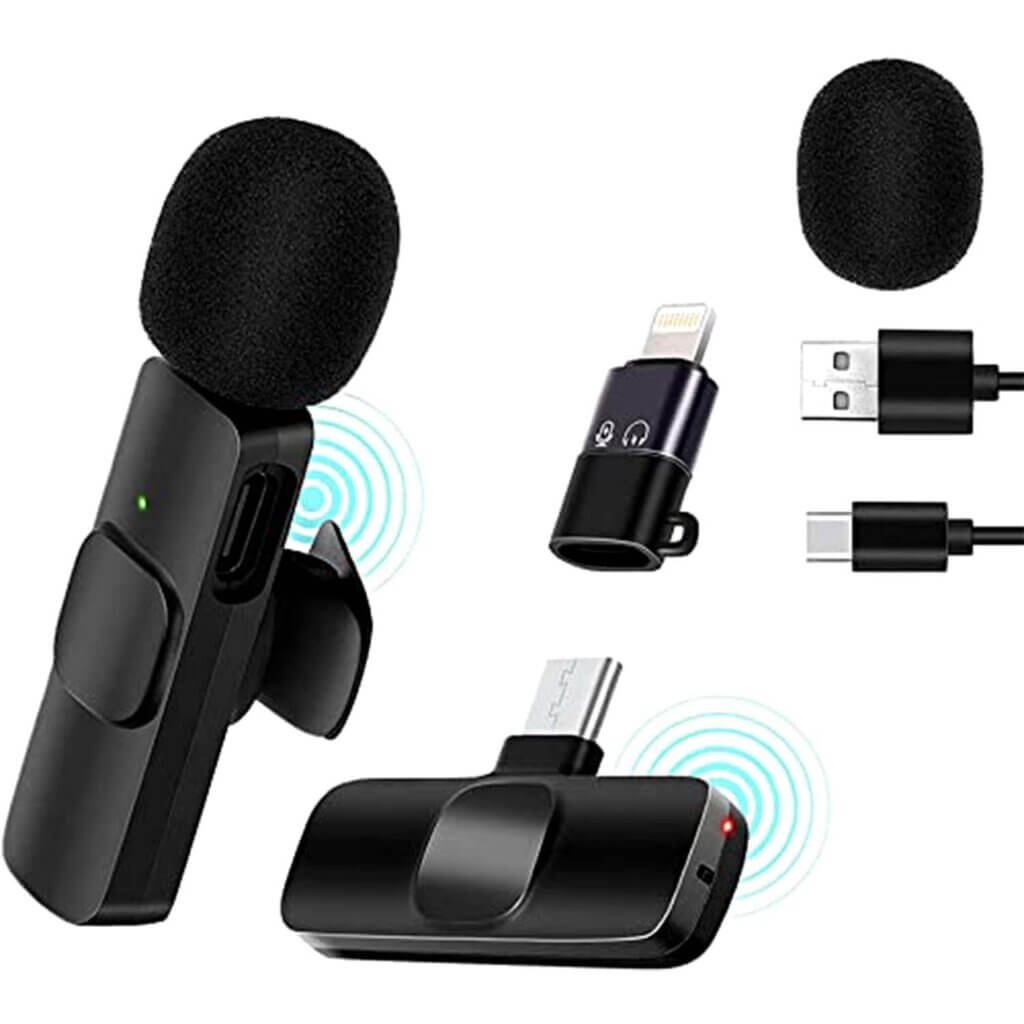
Recording Techniques for Optimal Sound
Environmental Considerations
Quality recording is not just about equipment; the environment plays a crucial role. Minimize background noise by recording in quiet, controlled spaces. If you’re recording outdoors or in public places, position the microphone to best capture your voice while minimizing unwanted sounds. Using windshields or pop filters with your microphone can further reduce audio disturbances.
Microphone Handling
Wireless microphones offer great freedom of movement, but remember that the way you handle them can affect the recording. Avoid handling noise by keeping movement minimal and smooth. Clip-on lavalier microphones should be securely fastened, and handheld microphones should be gripped steadily. Consistent distance from the microphone ensures even audio levels.
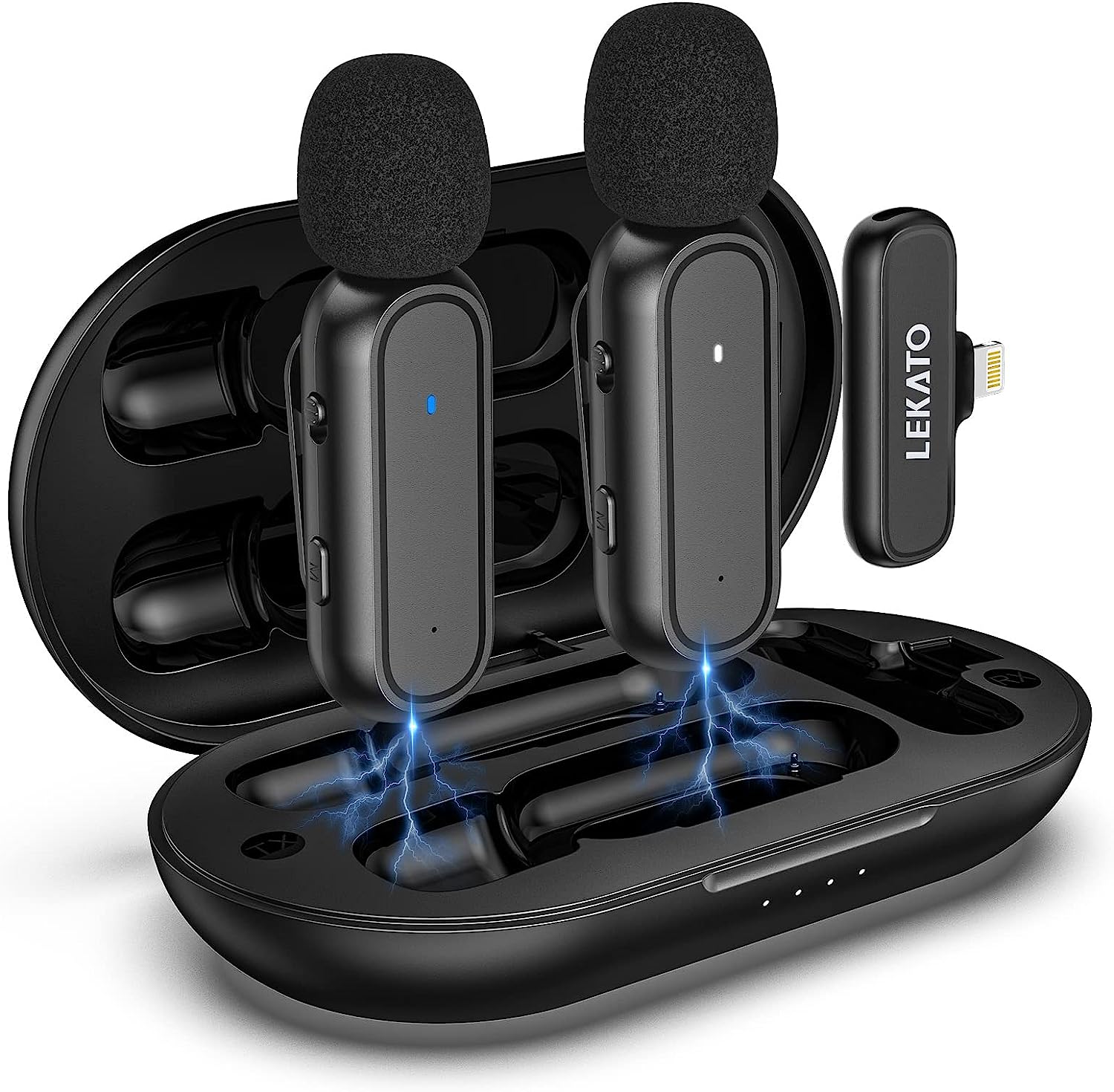
Editing and Enhancing Your Audio
Mobile Audio Editing Apps
After recording, editing is the next step. There are several iPhone-compatible audio editing apps available that allow you to trim, adjust levels, and apply filters directly on your device. Take time to experiment with these to find the best combination of adjustments that enhance the natural quality of your wireless microphone recordings.
Syncing with Video and Other Media
If your project involves syncing audio with video or other media, ensure that your wireless microphone recordings are properly aligned and phased with your visual content. Consistent synchronization maintains the professional quality of your final product. Practice with your apps of choice to streamline your editing workflow.
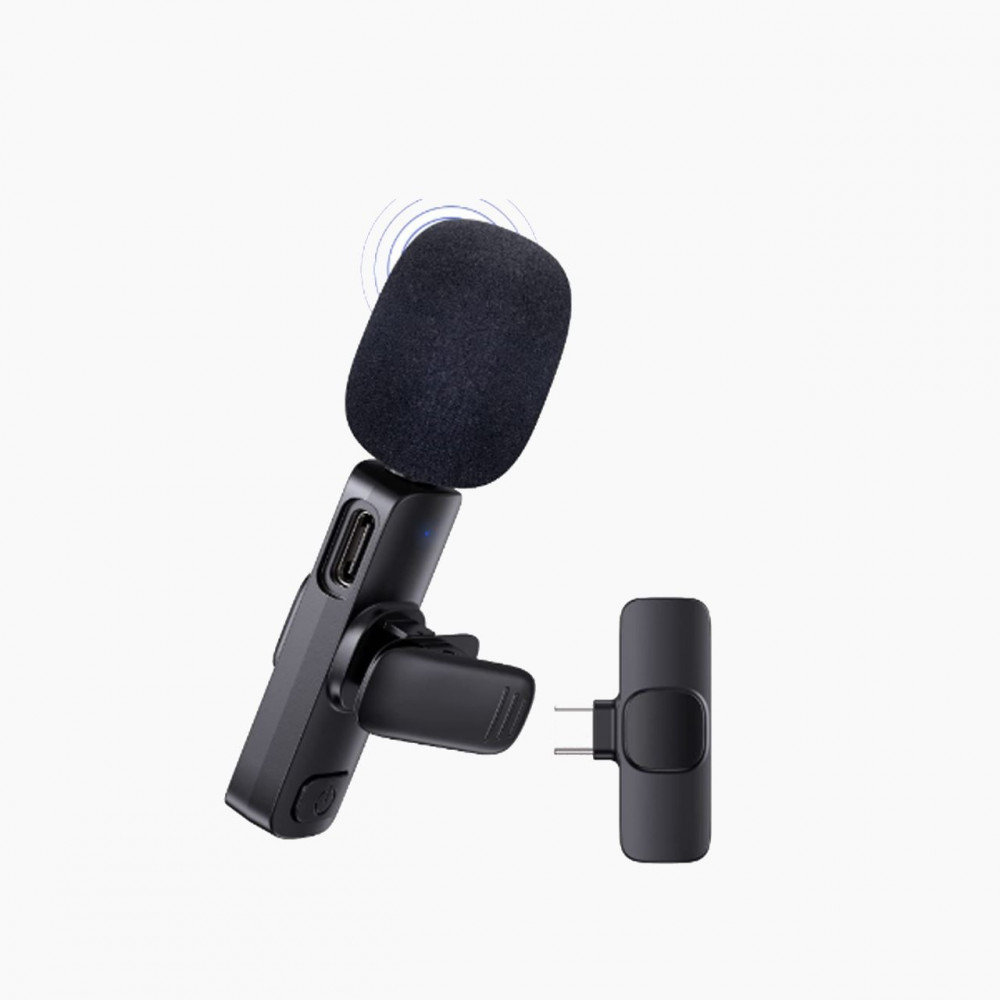
Sharing and Distributing Your Content
Utilizing Multiple Platforms
Once you’ve recorded and edited your audio, it’s time to share your work. Podcast hosting platforms, social media, and video sharing websites are all excellent avenues for distribution. Many of these platforms offer mobile interfaces, allowing you to upload directly from your iPhone.
Maintaining Consistent Quality
Consistency is key in building a following. Ensure that each recording has a similar level of audio quality. Listeners and viewers appreciate reliability and are more likely to return and subscribe to your content if they know what to expect in terms of audio production value.
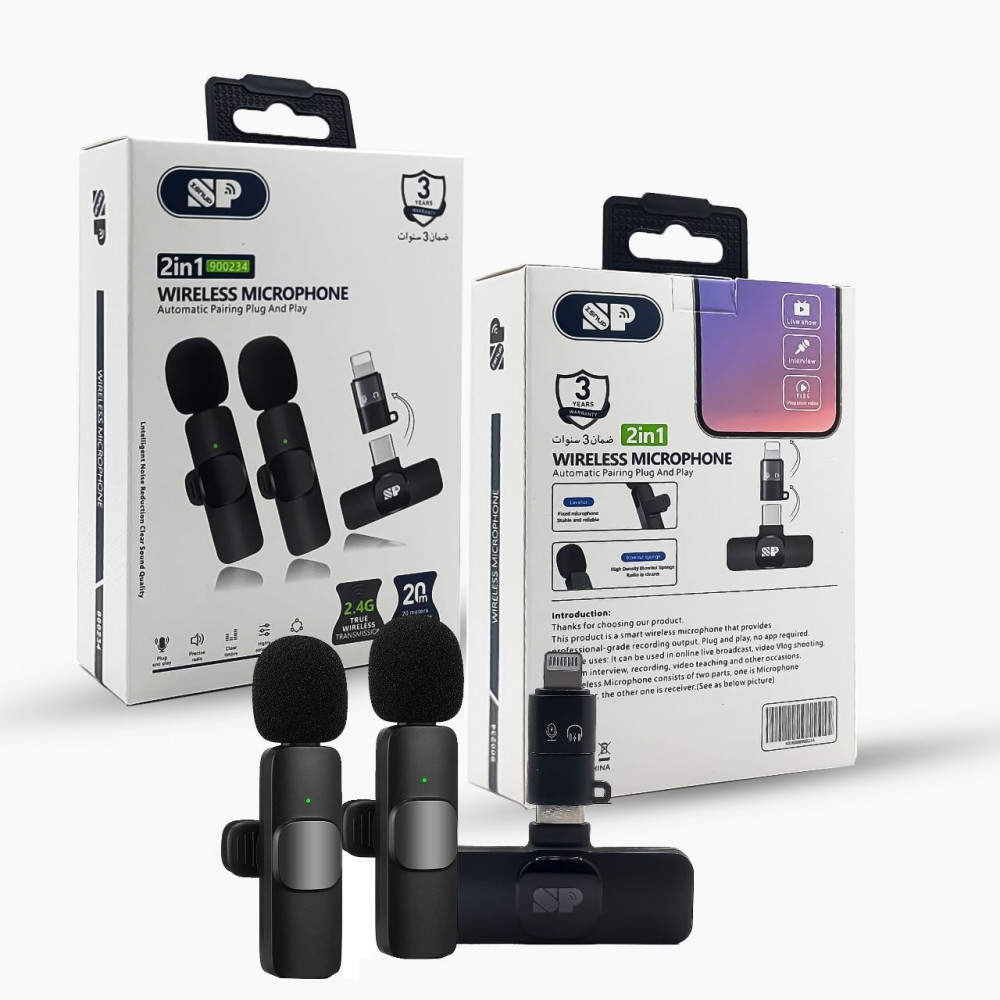
Mastering Audio Levels and Balance
Striking the Right Volume
One of the challenges when recording with a wireless microphone and an iPhone is achieving the perfect volume level. Too loud, and your audio may clip, resulting in distortion. Too soft, and your audience may struggle to hear, missing out on key information. To master audio levels, record a few test clips at different volumes. Use your editing app to check the waveforms and ensure they’re within an acceptable range, neither peaking nor too flat.
Balancing Multiple Audio Sources
If your project involves multiple audio sources, such as interviews or conversations, balancing these sources becomes essential. Each voice should be clear and at a similar volume for a consistent listening experience. Wireless microphones designed with multi-channel capabilities allow for easier control when recording several people. Take advantage of these features and adjust the balance during editing to create a harmonious final mix.
Innovation in Mobility and Flexibility
Recording on the Move
Mobility is one of the wireless microphone’s greatest assets, particularly for field reporters, documentarians, and content creators who are always on the move. With an iPhone and wireless microphone in your toolkit, you’re ready to capture high-quality audio wherever you go. This portability opens up opportunities for spontaneous interviews, live reactions, and authentic audience engagement, offering a more dynamic and interactive element to your work.
The Flexibility of Wireless Tech
By removing the constraints of cables, wireless microphones offer unmatched flexibility. Adjust your recording setup quickly in response to changing environments or unexpected opportunities. An iPhone paired with a wireless microphone is like a portable studio, ready to adapt to your creative needs and capture your vision without the limits of traditional, tethered equipment.
Quality Content with Simplified Gear
Streamlining Your Creative Process
Options abound for creating quality content, but simplicity often yields the best results. The combination of a wireless microphone and iPhone streamlines the creative process, allowing you to focus on the content rather than the complexity of the tech. This simplification not only saves time but can also inspire more spontaneous and genuine content, giving your work a raw, approachable edge that resonates with audiences.
The Advantages of Minimal Gear
Using minimal gear is not just practical; it’s often a necessity for creators on a budget or those just starting. A reliable wireless microphone and your iPhone could be all you need to start podcasting, vlogging, or producing content for your audience. As you grow and your needs evolve, this setup forms a solid foundation, enabling effortless upgrades or additions to your tech arsenal.
Professional Audio At Your Fingertips
With the right wireless microphone and a bit of know-how, your iPhone transforms into a powerful tool for high-quality audio recording. Whether you’re creating a podcast, conducting interviews, or producing video content, the guidance above can help you achieve professional results. Take the time to select a suitable microphone, familiarize yourself with proper recording techniques, and apply careful editing for the best sound. With these steps, you’re equipped to share your voice with the world, all from the convenience of your iPhone.
